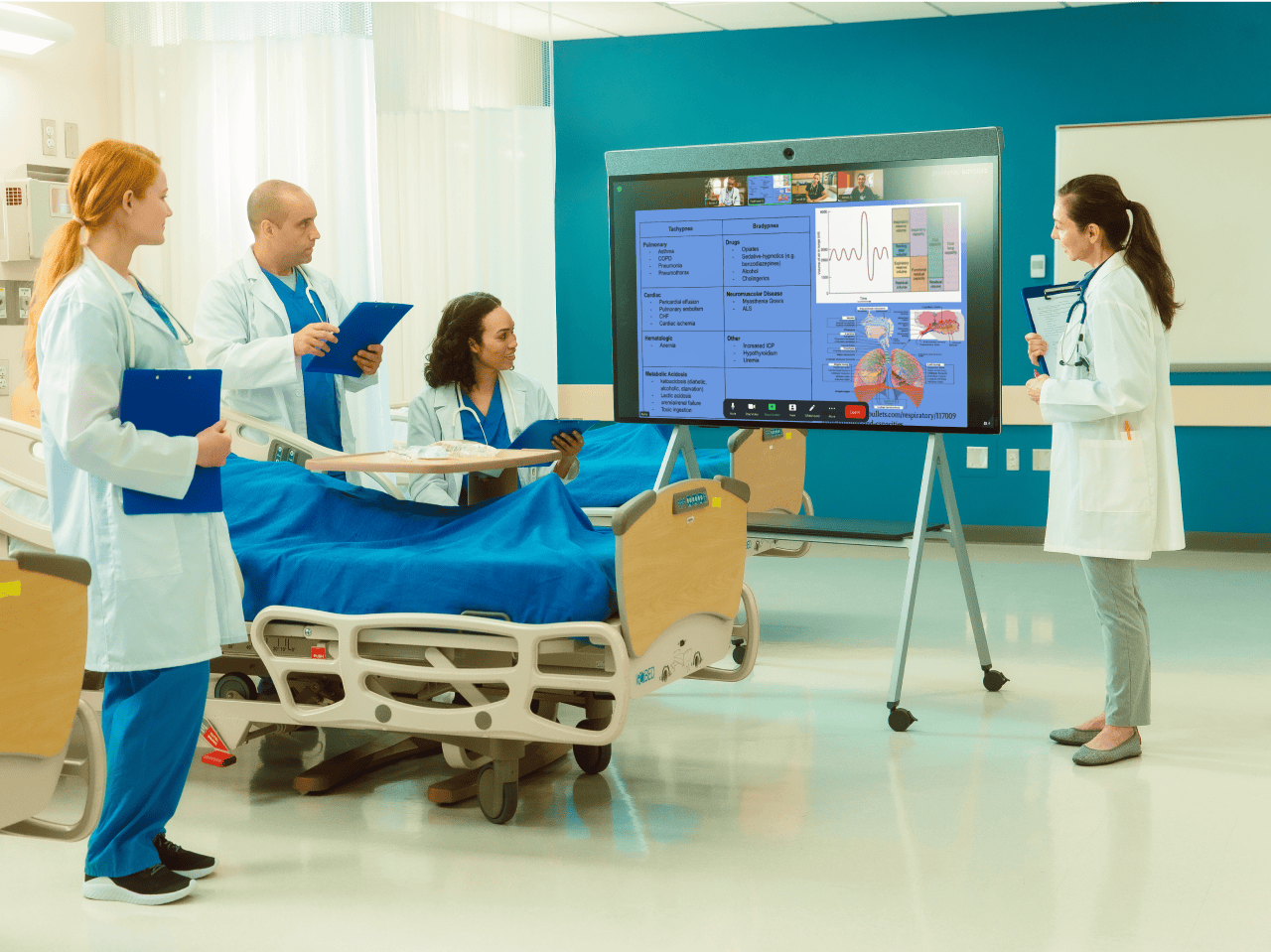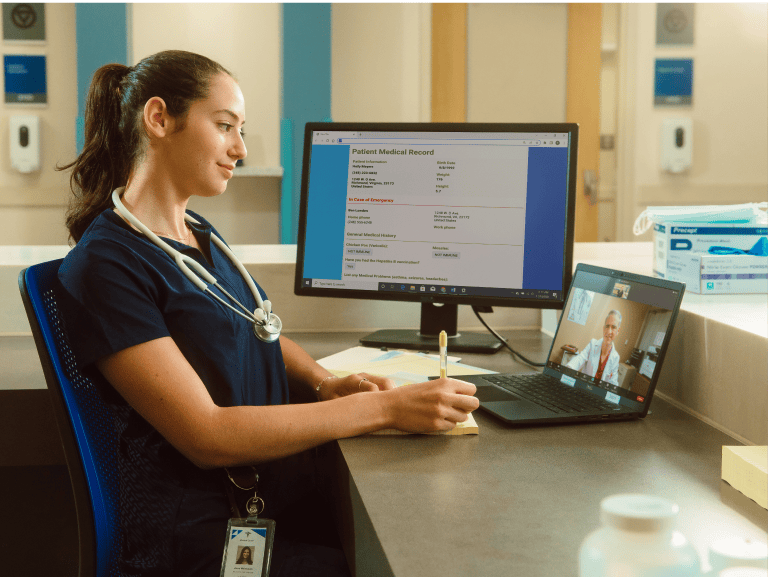3 ways to improve productivity AND satisfaction at work
Clinical organizations are clamoring to increase productivity and improve efficiency in healthcare. But these goals can sometimes come at the expense of employee health and morale. Asking employees to do more without giving them the tools they need to perform better, or worse, saddling them with administrative or technological burdens that inhibit efficient work, can quickly lead to frustration, stress, and burnout.
For healthcare professionals, burnout isn’t a new topic. The American Medical Association, which has been studying physician burnout for more than a decade, noted that many factors, including system inefficiencies, administrative burdens, and increased regulation and technology requirements, can contribute to feelings of emotional exhaustion and depersonalization — the hallmark signs of burnout.




